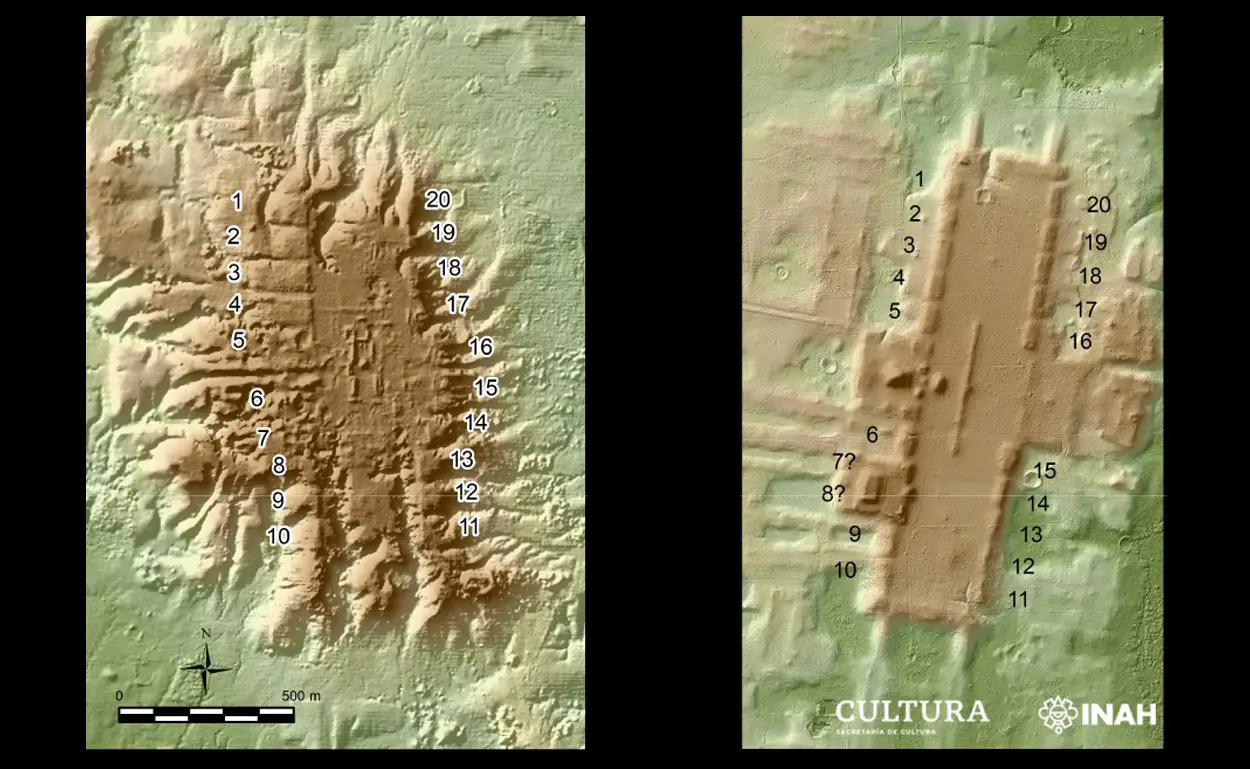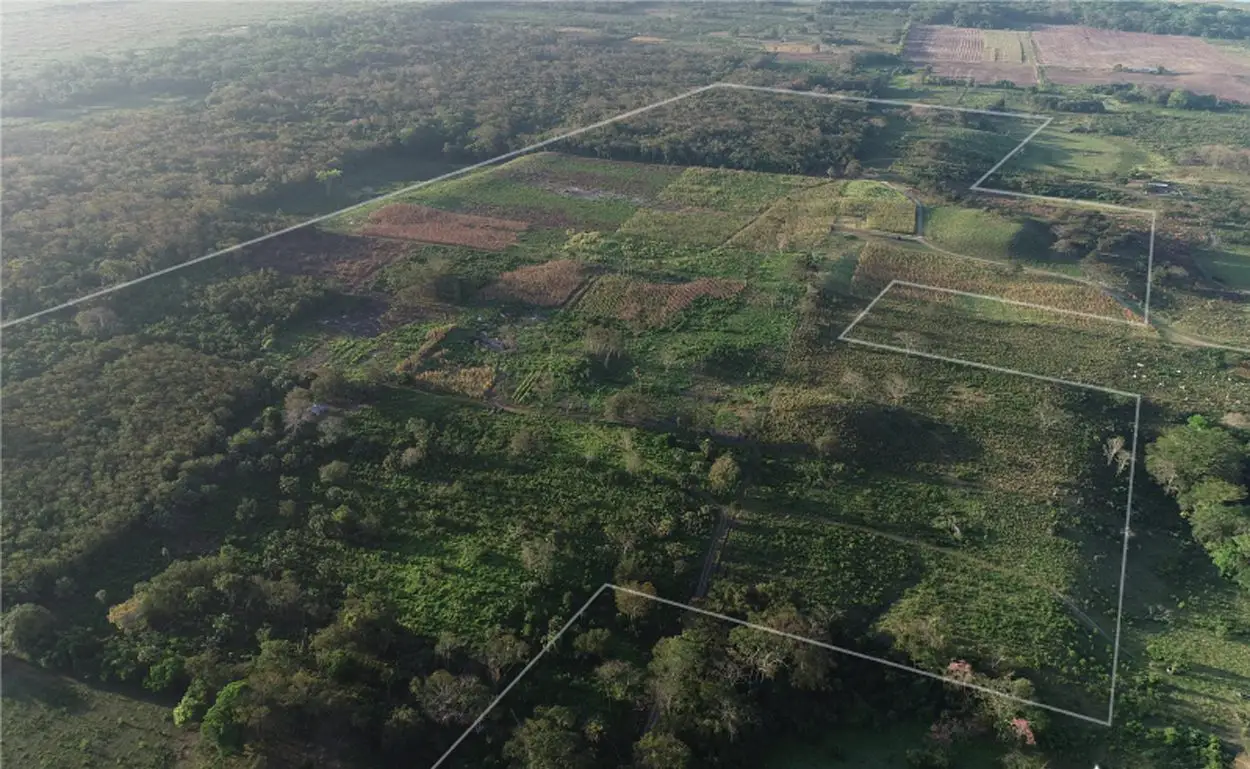A study using laser mapping technology or LiDAR in the states of Veracruz and Tabasco could transform our notions about the origins of Mesoamerican civilisations.
The study published in the journal Nature Human Behaviour, authorised by the National Institute of Anthropology and History (INAH), in collaboration with the School of Anthropology from the University of Arizona has used Lidar to examine an area of 85 thousand square kilometres.
The LiDAR data has revealed 478 ceremonial centres that date from around 1100 and 400 BC, prior to the apogee of the Mayan civilisation in the Classic period (250 – 950 AD).
The researchers found that many of the sites share a highly standardised pattern, including rectangular plazas up to 1.4 kilometres in length, oriented towards the directions of the sunrise on specific dates. “The centres were probably the first material expressions of the basic concepts of Mesoamerican calendars” says the publication.

According to the researchers, these standardised architectural formats would have a prototype in the Olmec enclave of San Lorenzo, whose apogee occurred between the years 1400 to 1000 BC.
The largest of these rectangular complexes, a large Preclassical Mayan ruin in Tabasco known as Aguada Fénix (discovered by aerial survey using laser mapping and announced in 2020) provides further information to experts about how these similar ceremonial complexes were disseminated across the Olmec and western Maya Lowlands.
UArizona anthropology Professor Takeshi Inomata said: “People always thought San Lorenzo was very unique and different from what came later in terms of site arrangement. But now we show that San Lorenzo is very similar to Aguada Fénix – it has a rectangular plaza flanked by edge platforms. Those features become very clear in lidar and are also found at Aguada Fénix, which was built a little bit later. This tells us that San Lorenzo is very important for the beginning of some of these ideas that were later used by the Maya.”
“These findings show the importance of the San Lorenzo legacy and the innovations made by later groups. The standardised complexes in this area were abandoned after 400 BC, but some of their elements were adopted by later Mayan centres, providing an important basis for this civilisation” concludes the paper. Find out more
Header Image – Aguada Fénix – Image Credit : Professor Takeshi Inomata





